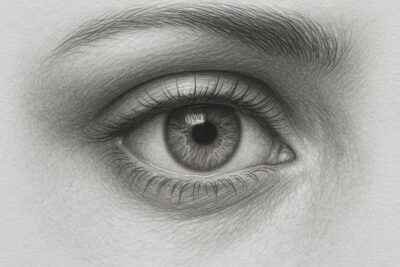 Drawing stands as one of the most fundamental forms of artistic expression, serving as the backbone for various art disciplines. From simple sketches to intricate illustrations, drawing allows artists to convey ideas, emotions, and narratives. At WQA.info, under our “World-Wide Q&A” initiative, we delve into the multifaceted world of drawing, exploring its history, techniques, and significance in the art community.
Drawing stands as one of the most fundamental forms of artistic expression, serving as the backbone for various art disciplines. From simple sketches to intricate illustrations, drawing allows artists to convey ideas, emotions, and narratives. At WQA.info, under our “World-Wide Q&A” initiative, we delve into the multifaceted world of drawing, exploring its history, techniques, and significance in the art community.
Understanding Drawing
Drawing is the act of making marks on a surface to create images, forms, or representations. It encompasses a range of techniques and tools, from graphite pencils and charcoal to ink and digital styluses. Historically, drawing has been a primary method for artists to plan compositions, study subjects, and develop ideas.
Historical Context
The history of drawing dates back to prehistoric times, with cave paintings serving as early examples of humanity’s desire to depict the world around them. Over the centuries, drawing evolved, becoming a crucial component in the works of Renaissance masters and continuing to adapt with technological advancements.
Techniques and Tools
- Line Drawing: Utilizing lines to define shapes and forms.
- Shading: Creating depth through variations in light and dark.
- Hatching and Cross-Hatching: Using parallel lines to build texture and tone.
- Stippling: Employing dots to form images and gradients.
- Blending: Smoothing transitions between tones for a realistic effect.
Essential Tools:
- Graphite Pencils: Available in various hardness levels for different effects.
- Charcoal: Offers rich blacks and a range of textures.
- Ink Pens: Ideal for precise lines and detailed work.
- Erasers: Used not only for corrections but also as a drawing tool to create highlights.
- Paper: The choice of paper affects the texture and outcome of the drawing.
The Role of Drawing in Art
Drawing serves as a foundational skill for artists, aiding in the development of observation, proportion, and composition. It is often the first step in the creation of paintings, sculptures, and digital artworks. Moreover, drawing is a powerful medium in its own right, capable of conveying complex ideas and emotions.
Conclusion
Drawing remains an essential and versatile form of artistic expression. Its simplicity and accessibility make it a valuable tool for artists of all levels. Through our Vero Q&A, we continue to explore and celebrate the art of drawing, providing insights and inspiration for artists around the globe.